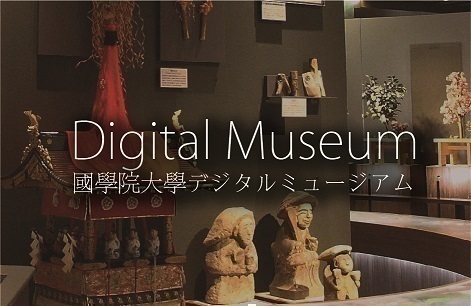Encyclopedia of Shinto
| Main Menu: | |
| Links: |
詳細表示 (Complete Article)
| カテゴリー1: | 5. Rites and Festivals |
|---|---|
| カテゴリー2: | Performing Arts |
| Title | Sumō |
| Text | Also written with the characters 角力 and in ancient times called sumai. In China, there existed from before the Former Han dynasty (202 B.C.E.–8 C.E.) a kind of wrestling resembling sumō called kakuteigi or kakugi (juedixi or juexi in Chinese) that belonged to the miscellaneous arts of sangaku. Some of these arts entered Japan and formed the basis for sarugaku, although it is not certain whether juedixi was among these. That competitions were decided through sumō wrestling in ancient Japan can be inferred from the existence of Kofun-period haniwa clay figures representing wrestlers, as well as from myths and legends, such as that of the test of strength between the kami Takemikazuchi and Takeminakata, recorded in the Kojiki, or the wrestling match between Taima-no-Kuehaya of Yamato and Nomi-no-Sukune of Izumo on the seventh day of the seventh month in the seventh year of the reign of Emperor Suinin, as recorded in the Nihon shoki. Sumō wrestling bouts were also held as divination rites at New Year's (toshiura) to predict the outcome of the coming agricultural season. Only vestiges of sumō bouts held as a ritual shrine offering survive in various parts of Japan. The Nihon shoki records that in the seventh month of 642, "strongman wrestling" (chikarahito no sumō) was held in the presence of Prince Gyōki of the Korean kingdom of Paekche—who was in Japan at the time—on the occasion of a visit to Japan by an envoy from the kingdom. This is the first piece of historical evidence available for sumō. During the Nara period (710-784), sumō established itself as a court event. According to the Shoku Nihongi, the court position of nukide no tsukasa was created to oversee sumō wrestling in 719, and on the seventh day of the seventh month in 734 ceremonial sumō was held for the emperor. In the Heian period (794-1192) the sumō banquet (sumai no sechie) became a customary court event. Messengers for the officials in charge of sumō were dispatched by the the imperial guard throughout the provinces to recruit sumō wrestlers. Sumo bouts, called meshiawase, were held on the day of the banquet in the presence of the emperor. The wrestlers were divided into two sides (left and right) and paired off to produce as many as 20 bouts. Accompanied by bugaku music, the sumai no sechie banquet was a large-scale, spectacular event, but it also functioned as a prayer for bountiful harvests meant to divine agricultural production in the provinces. Though the banquet enjoyed great popularity from the early Heian period on, it was ultimately discontinued toward the end of the period in 1174. During the Kamakura period (1193-1336), sumō seems to have been held only as a form of training for the samurai. In the Muromachi period, however, as the cities and towns stabilized their economic bases and became prosperous, sumō became popular among the common people and professional sumō appeared. Fund-raising sumō (kanjin sumō) began at this time and flourished throughout the Edo period in both the Kamigata (Kyoto and Osaka) and Edo (modern Tokyo) regions. Sumō reached its prime during this era, a time that saw such events as the awarding for the first time of the newly created top rank of yokozuna to wrestlers Tanikaze and Onogawa in 1789. The direct historical basis for today's sumō lies in these fund-raising events. As for shrine ritual sumō, one of the most well-known examples is the one-man sumō presented at the rice-planting festival (otaue matsuri, see taasobi) of Ōyamazumi Shine, Ōmishima, Ehime Prefecture. Following the shrine ceremony, three bouts of sumō are held between a wrestler and the rice spirit, with the human contestant losing the first and third matches. These bouts function as a prayer for a rich harvest. — Takayama Shigeru |




